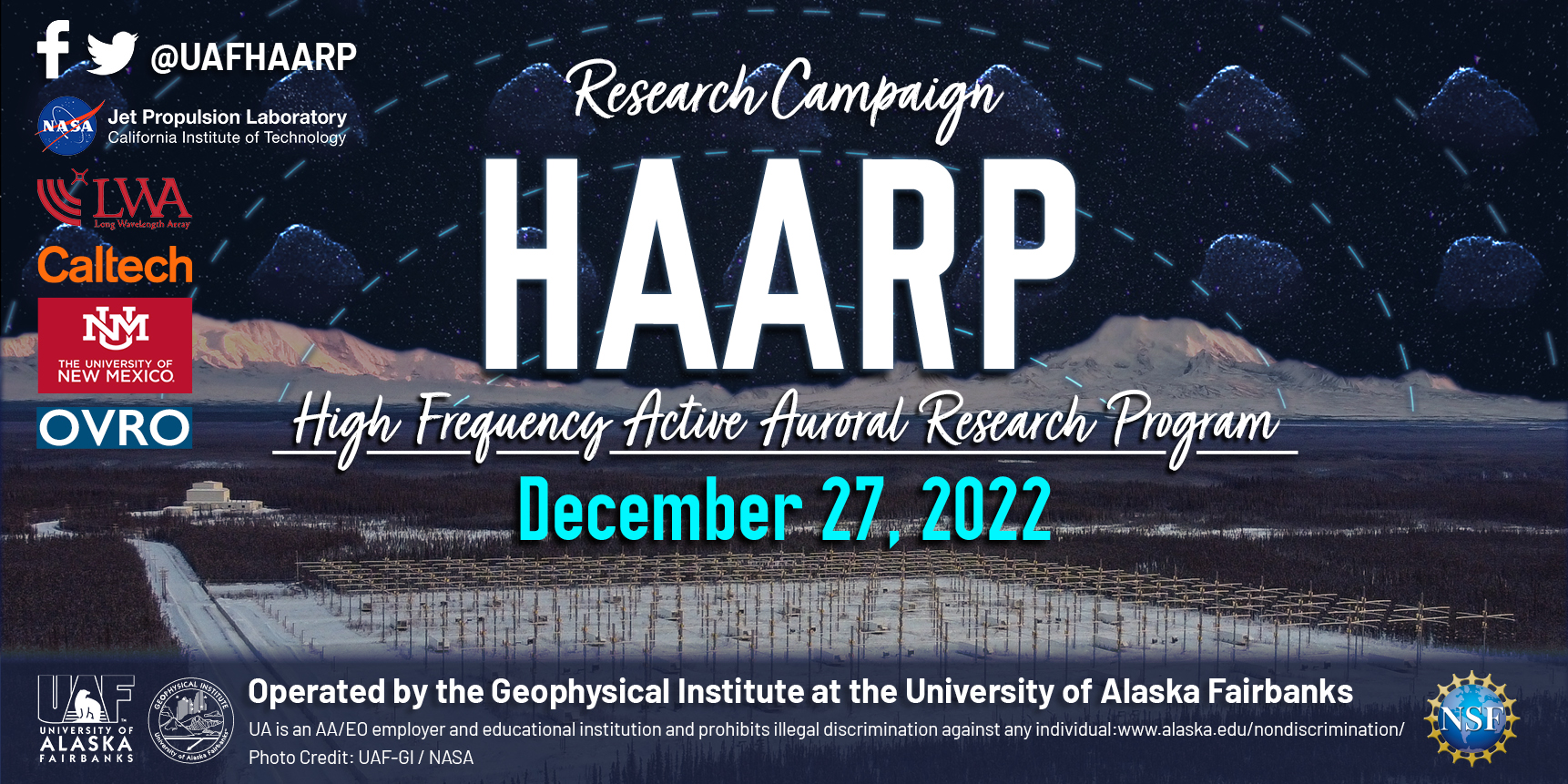[HAM] 소행성 전파 반사 실험에 아마추어 무선사들의 참여요청
ARRL(미국 아마추어 무선 연맹)의 홈페이지 뉴스에 이런 기사가 있었습니다. 이미 지난 기사이긴 한데 참고삼아 읽어봅니다. 대규모 과학실험에 일반 시민들의 참여를 독려하는 NASA Citizen Science [Link] 기획을 운용하고 있는데 그중 아마추어 무선 HAMSci.org [링크]도 포함되어 있습니다. 소형 위성신호 추적, 우주 전파신호 수신등 여러 활동을 수행합니다. 그중에 지구 방위대 역활도 하는데 지난 12월 17일에 실시된 소행성 전파 탐지 실험입니다.
내용을 요약하면,
2010 XC15 라고 명명된 지구근접 소행성(NEA, Near-Earth Asteroid)을 향해 9.6 MHz의 FM 신호를 방사하여 지구의 여러 전파 천문대에서 수신하는 실험을 실시한답니다. 위의 포스터 사진 아랫쪽에 대규모 다이폴 안테나 배열을 보라! 소행성을 향해 전파를 발사하여 반사신호를 탐지하는 실험입니다. 지구가 거대한 위상배열 레이더 역활을 하는 셈이죠. 이 신호를 가지고 소행성의 진로를 계산 할 수 있답니다. 이번 소행성은 달보다 두배 거리 떨어져 지나갈 것이라고 하네요. 만일 지구가 위험하면 DART 같은 충돌선을 띄워 지구를 방위 하겠지요. 마아추어 무선의 통신 주파수가 10.1Mhz 인데 수신기들은 대부분 9.6 Mhz 대역을 수신가능하니 혹시 수신하거든 WAV 나 MP3 파일로 보내 달라고 하네요.
기사 전문은 아래 링크에 있으니 참고 하십시요.
The High-frequency Active Auroral Research Program (HAARP) will be conducting a research campaign/experiment on December 27, 2022, with transmissions between 1100 - 2300 UTC (0200 - 1400 AKST).
This experiment will reflect HAARP transmissions off of Near-Earth Asteroid (NEA) 2010 XC15, and the echo will be received by the Owens Valley Radio Observatory Long Wavelength Array (OVRO-LWA) at the California Institute of Technology (Caltech) and by the University of New Mexico's Long Wavelength Array (UNM-LWA). The target asteroid will be roughly two lunar distances away from Earth at the time of transmission. Characterizing the interior structure and composition of NEAs is critical for advancing the understanding of solar system evolution and aiding in planetary defense.
Actual transmit times are highly variable based on real-time ionospheric conditions and all information is subject to change. Currently, the Asteroid Bounce (2010 XC15) experiment will take place Dec. 27, 2022, from 1100 UTC to 2300 UTC; 9.6 MHz, LFM (linear FM), 0.5 Hz WRF (waveform repetition frequency), 30 kHz bandwidth. Reports recording echo are encouraged; demodulated recordings in .wav or .mp3 are recommended.
For real-time ionospheric conditions in Gakona, please consult ionograms from the HAARP Diagnostic Suite at https://haarp.gi.alaska.edu/diagnostic-suite.
Amateur radio and radio astronomy enthusiasts are invited to listen to the transmissions/echoes and submit reception reports to the HAARP facility at uaf-gi-haarp@alaska.edu and request a QSL card by mailing a report to:
HAARP
P.O. Box 271
Gakona AK 99586
USA

댓글 없음:
댓글 쓰기